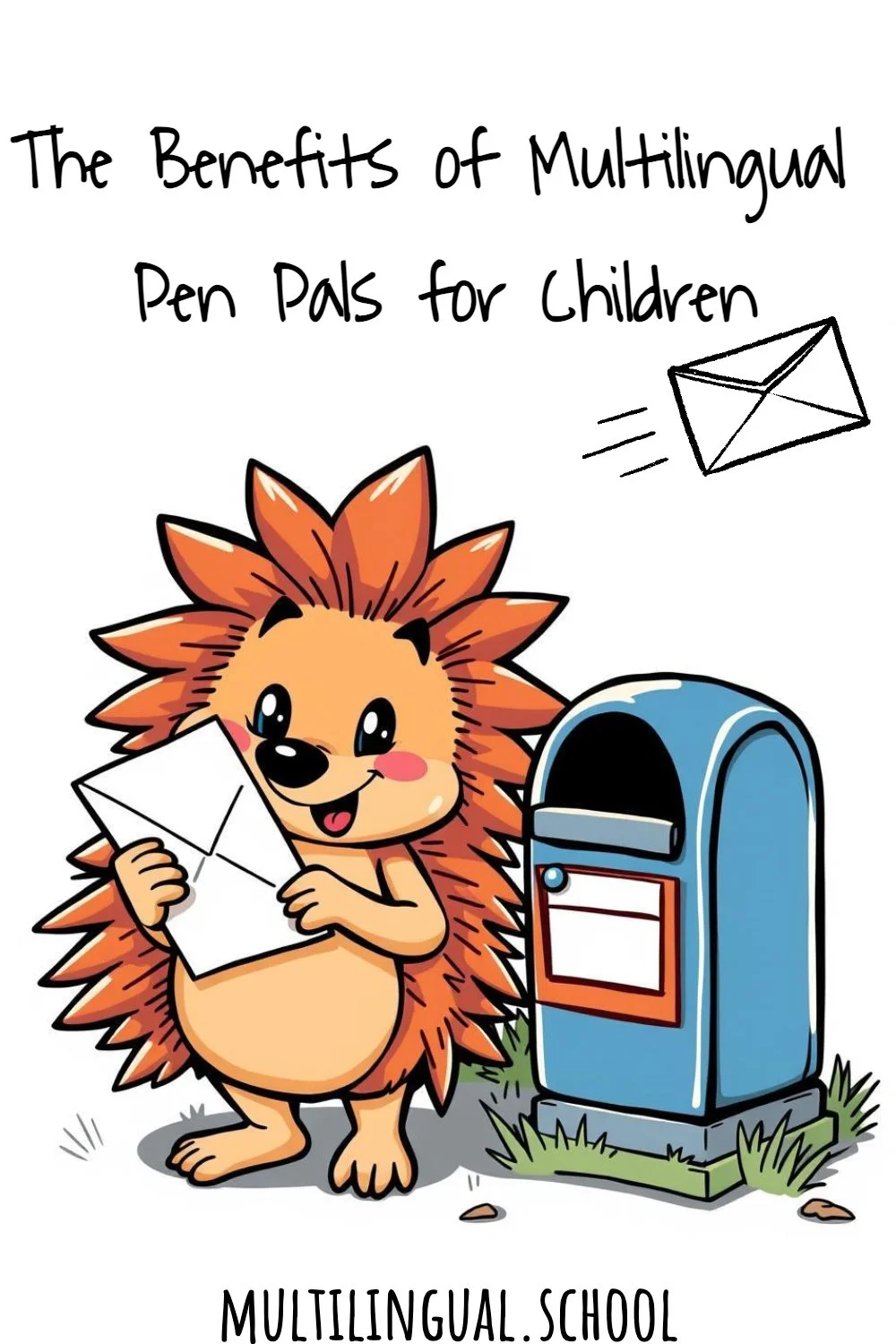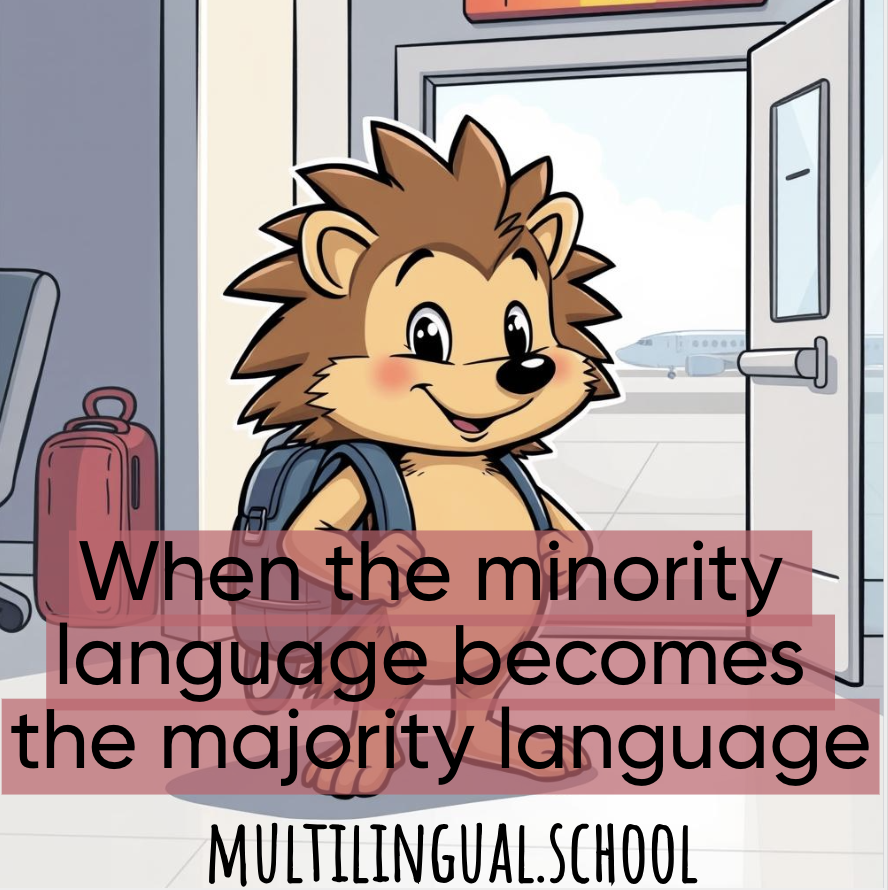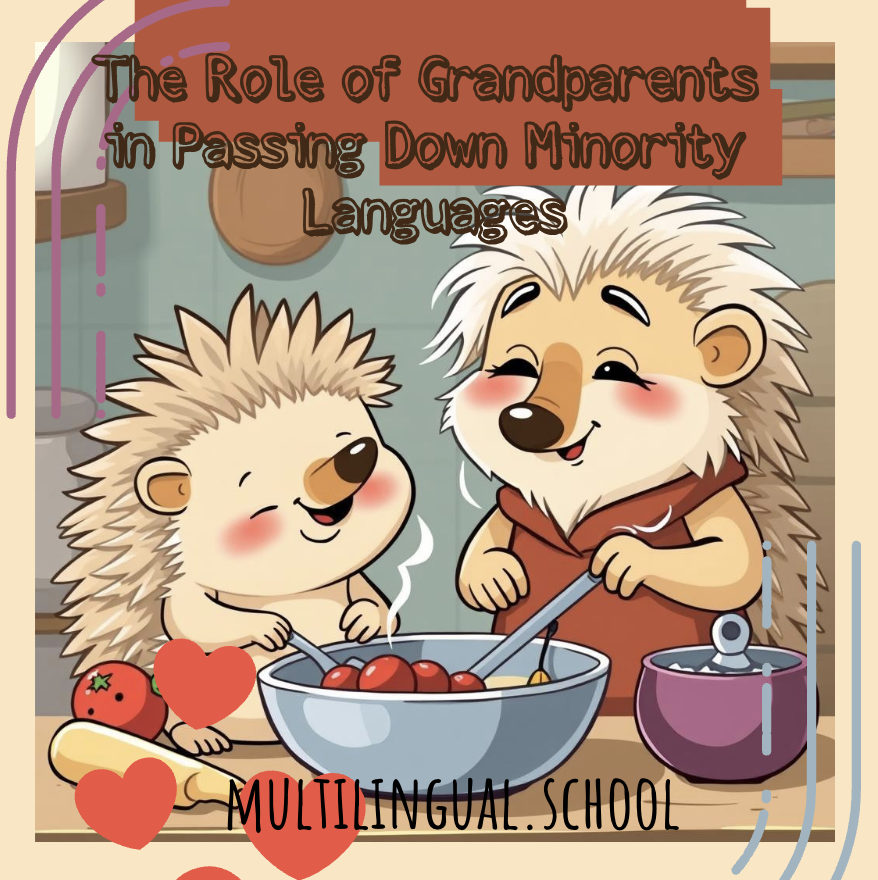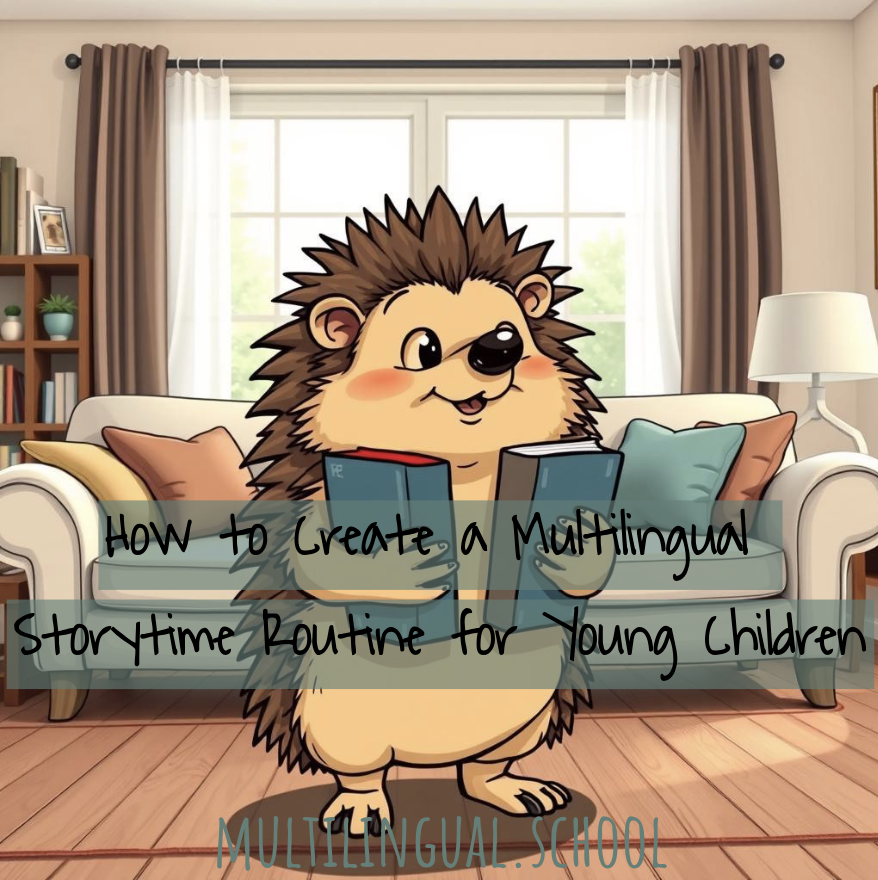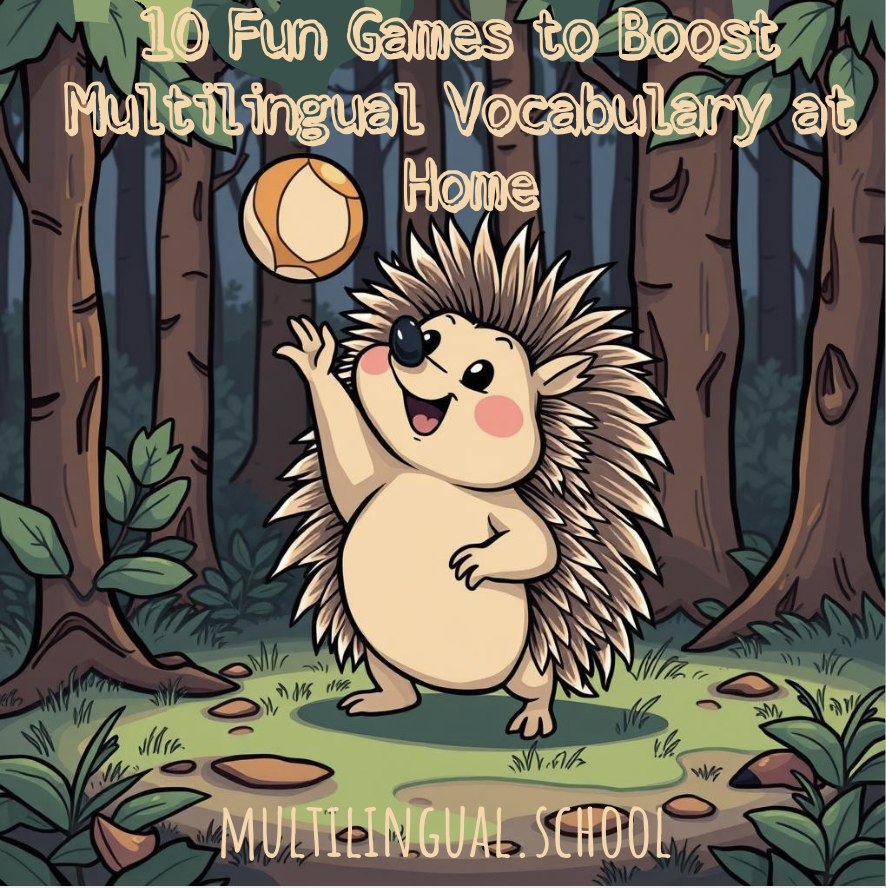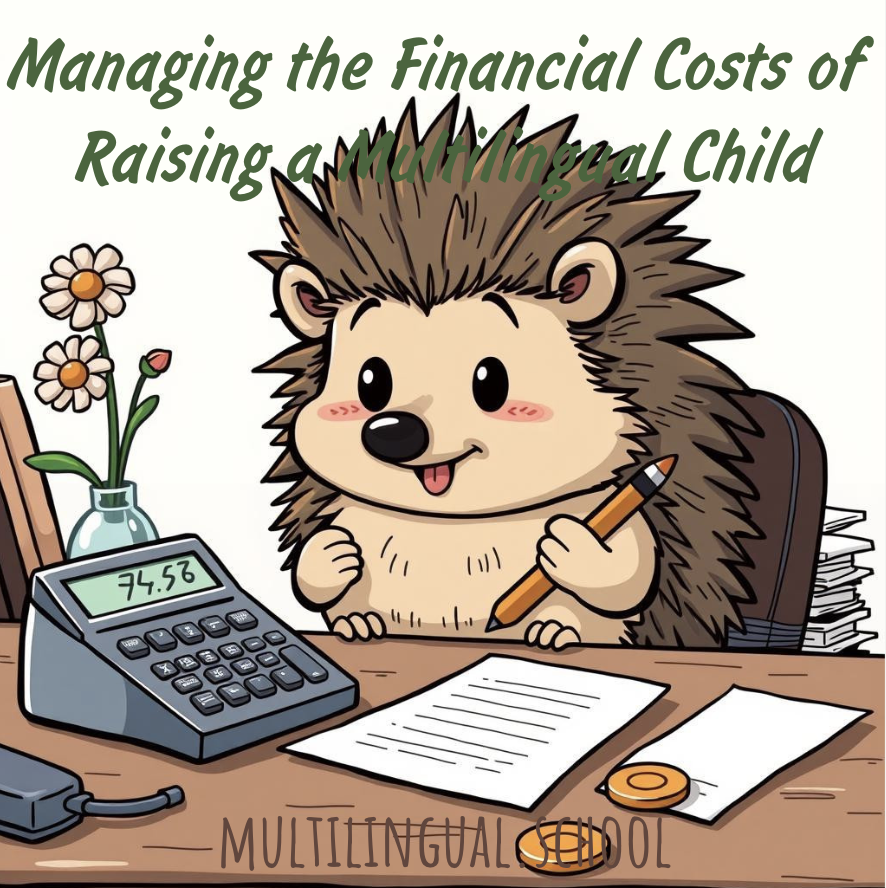The Benefits of Multilingual Pen Pals for Children
This post may contain affiliate links, which means that I may receive a commission if you make a purchase using these links. You do not pay a higher price.
How Pen Pals keep language usage real
In a world that feels both vast and interconnected, there’s something timelessly magical about a child receiving a letter from a friend across the globe. For multilingual families, this magic takes on an even deeper significance when the letter arrives in a heritage language, sparking not just excitement but a profound connection to language and culture. Multilingual pen pals offer children a unique opportunity to practice their minority languages while opening windows to new perspectives, traditions, and friendships. By exchanging words across borders, children don’t just learn vocabulary—they discover the heartbeat of another culture and the joy of belonging to a global community. Let’s explore how pen pals can enrich language skills and cultural understanding, and share safe, practical ways to make these connections a cherished part of your child’s multilingual journey.
The beauty of a pen pal relationship lies in its authenticity. When a child writes to a friend in another country, they’re not just practicing grammar or memorizing phrases—they’re using their heritage language to share their world. A simple sentence like “Me gusta jugar fútbol” in Spanish or “J’aime dessiner des étoiles” in French becomes a bridge to a peer in Mexico or France, carrying personal meaning and inviting a response. This exchange builds fluency naturally, as children strive to express themselves clearly and understand their pen pal’s reply. My friend Priya, raising her children with Hindi in the UK, shared how her daughter’s pen pal in India inspired her to write longer letters in Hindi, eagerly describing her favorite festivals. Over time, her daughter’s confidence in Hindi soared, not because she was studying, but because she was connecting.
Beyond language skills, pen pals offer a window into cultural understanding that textbooks can’t match. A child in the US writing to a peer in Japan might learn about Obon festivals or the joy of eating mochi, while sharing stories of Halloween or backyard barbecues. These exchanges foster empathy and curiosity, helping children see their heritage language as a key to a living, breathing culture, not just a set of words. They begin to appreciate the nuances of their language—why certain phrases carry humor or warmth—and develop a sense of pride in their roots. As one multilingual parent put it, “When my son started writing to his pen pal in Brazil, Portuguese stopped being ‘just Grandma’s language.’ It became his way to understand a whole new world.”
The benefits extend to emotional growth as well. Writing to a pen pal encourages children to articulate their thoughts, boosting confidence and creativity. Reading a letter in their heritage language sharpens comprehension, while waiting for a reply teaches patience and anticipation. Most importantly, these friendships show children that their minority language is a tool for connection, not a barrier. In a world where dominant languages like English often overshadow heritage languages, a pen pal’s letter can be a reminder that their words matter, no matter where they are.
So, how can families safely bring this experience into their children’s lives? The key is choosing platforms designed with kids in mind, prioritizing safety and simplicity. Programs like PenPal Schools offer structured, teacher-moderated exchanges where children can write about topics like culture or hobbies, with parental oversight to ensure privacy. Kids’ Penpals connects young writers through secure, parent-approved platforms, allowing kids to send digital or physical letters in their chosen language. For a more traditional approach, organizations like International Pen Friends facilitate snail-mail exchanges, perfect for children who love the thrill of a letter in the mailbox. Parents should always review platform policies, ensure no personal information is shared, and monitor early exchanges to guide children in safe communication. Setting up a shared family email for younger kids or previewing letters together can add an extra layer of security while keeping the process fun.
To make the experience meaningful, start with a simple exchange—perhaps a letter introducing favorite foods or hobbies in the heritage language. Encourage your child to draw pictures or include stickers to make it personal, especially for younger writers. For virtual exchanges, short video messages can add a lively touch, letting kids hear their pen pal’s accent or see their smile. As the relationship grows, suggest sharing stories about family traditions or asking questions about the pen pal’s culture, like “What’s your favorite holiday?” or “Do you have a special song in your language?” These prompts spark curiosity and keep the language alive. If writing feels daunting, start with short sentences and build up gradually, celebrating each letter as a step forward.
Challenges may arise, of course. Some children may feel shy or worry about making mistakes in their heritage language. Others may lose interest if replies take time. To keep the momentum, parents can join in, helping craft letters or reading responses aloud to spark excitement. If a pen pal relationship fades, it’s okay to try a new connection—each exchange is a chance to learn. The goal isn’t perfection but connection, a reminder that every word written is a step toward fluency and friendship.
Multilingual pen pals are more than a language exercise—they’re a celebration of identity, a chance for children to see their heritage language as a key to unlocking new friendships and cultures. As one child wrote to her pen pal in Morocco, “Your words in Arabic make me feel like I’m visiting your home.” That’s the power of a letter: it carries a child’s voice across the world, weaving their language into a tapestry of global connection. So, grab a pen or open a laptop, and help your child start this journey. The world is waiting to hear their story.
Have a pen pal success story or a favorite platform for safe exchanges? Share with us in the comments or on social media. Let’s inspire each other to keep our children’s languages and cultures alive, one letter at a time!

